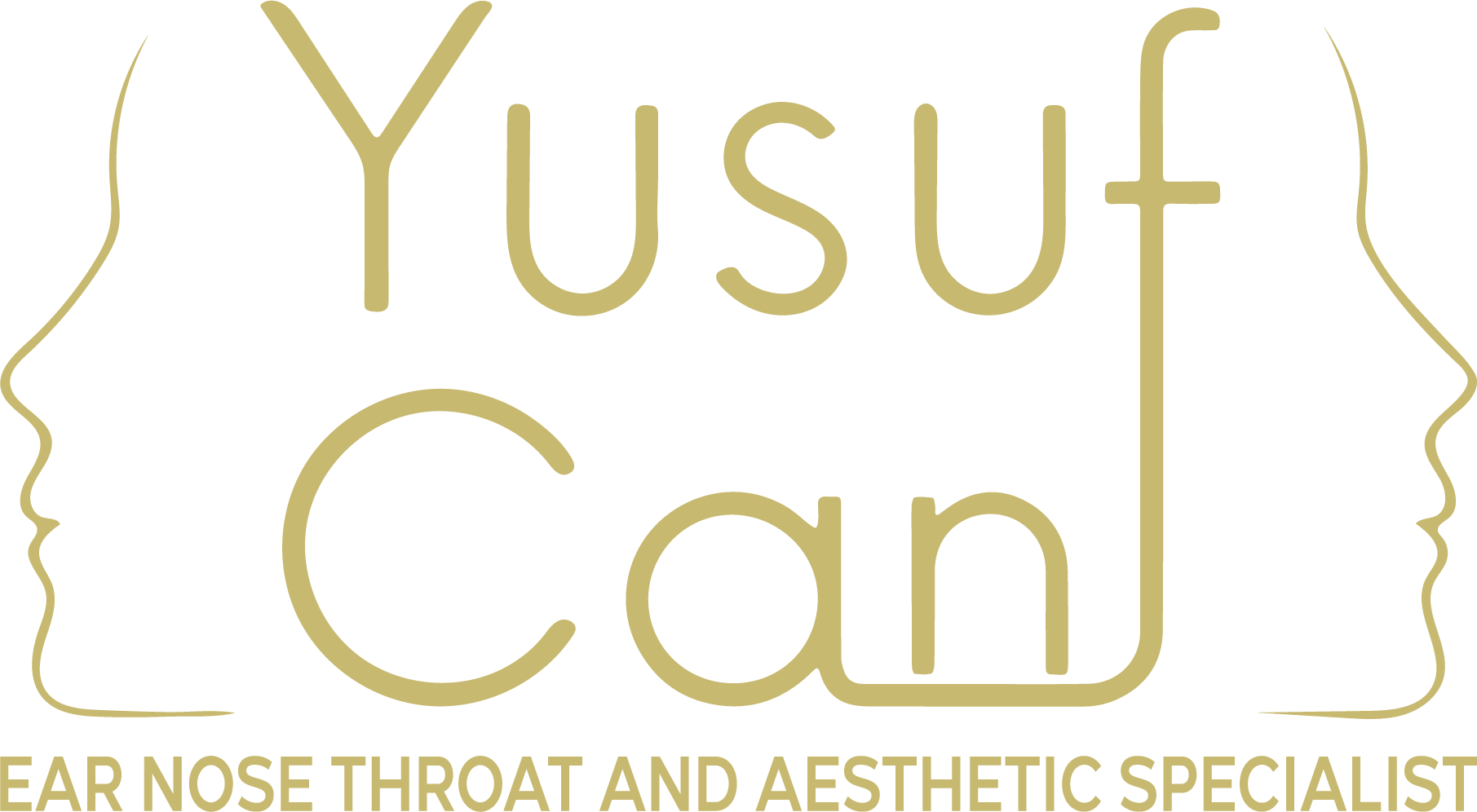What is Radiofrequency?
Radio Frequency Method has been used by otolaryngology, cardiology, plastic surgery, neurosurgery, oncology physicians since 1990s.
Radio waves are given under the mucosa of the area to be applied at certain frequencies through special electrodes, and the tissue volume is reduced by providing a controlled, local heat increase and denaturation of the proteins in the tissue.
The heat created in the tissue with radiofrequency energy also reduces the number of secretory cells under the mucosa and treats unwanted excessive nasal discharge. The most important advantage of radiofrequency is that since it is a controlled method, it shows its effect within the tissue and does not damage the tissue surface.
Radiofrequency is used extremely safely and successfully in nasal flesh reduction.
Is Hospitalization Required?
Radiofrequency is an easy and comfortable method for the patient. It does not require hospitalization. Mostly limited anesthesia is sufficient, general anesthesia may not be required in every patient.
How long does the radiofrequency procedure take?
Radiofrequency energy is delivered into the tissue with the help of special electrodes. The procedure takes approximately 10-15 minutes.
What Should I Pay Attention To?
You can return to normal life and work immediately after the applications to the nose. There is no restriction in eating, drinking and daily activities. There is usually no need to use antibiotics. However, there may be pain for a few days after palate and small tongue and tongue root applications. Acidic, solid and hot foods and beverages should be avoided.
When is it necessary to check after radiofrequency?
Patients are called for control 5-7 days after radiofrequency is applied. The sticky secretion and crusting formed in the nose are cleaned if necessary. After 1 month, a re-check may be required. The real relief will be after 3-4 weeks.
When will my complaints end?
When radiofrequency is applied to the nasal meat, i.e. the lower turbinates, an increase in nasal congestion may occur due to swelling, i.e. edema, which occurs from the first day. Within 1 -2 weeks, due to the shrinkage in the tissue, the congestion gradually decreases and breathing is relieved.
After radiofrequency is applied to the soft palate and tonsil areas, there is pain, swelling sensation, sticking, mild difficulty in swallowing in the first days. Therefore, it may be necessary to apply 3-4 sessions of radiofrequency.
Does radiofrequency need to be repeated?
In some patients, radiofrequency application can be repeated if the result is not sufficient as desired. Usually 1-2 sessions of radiofrequency is sufficient for nasal congestion.








